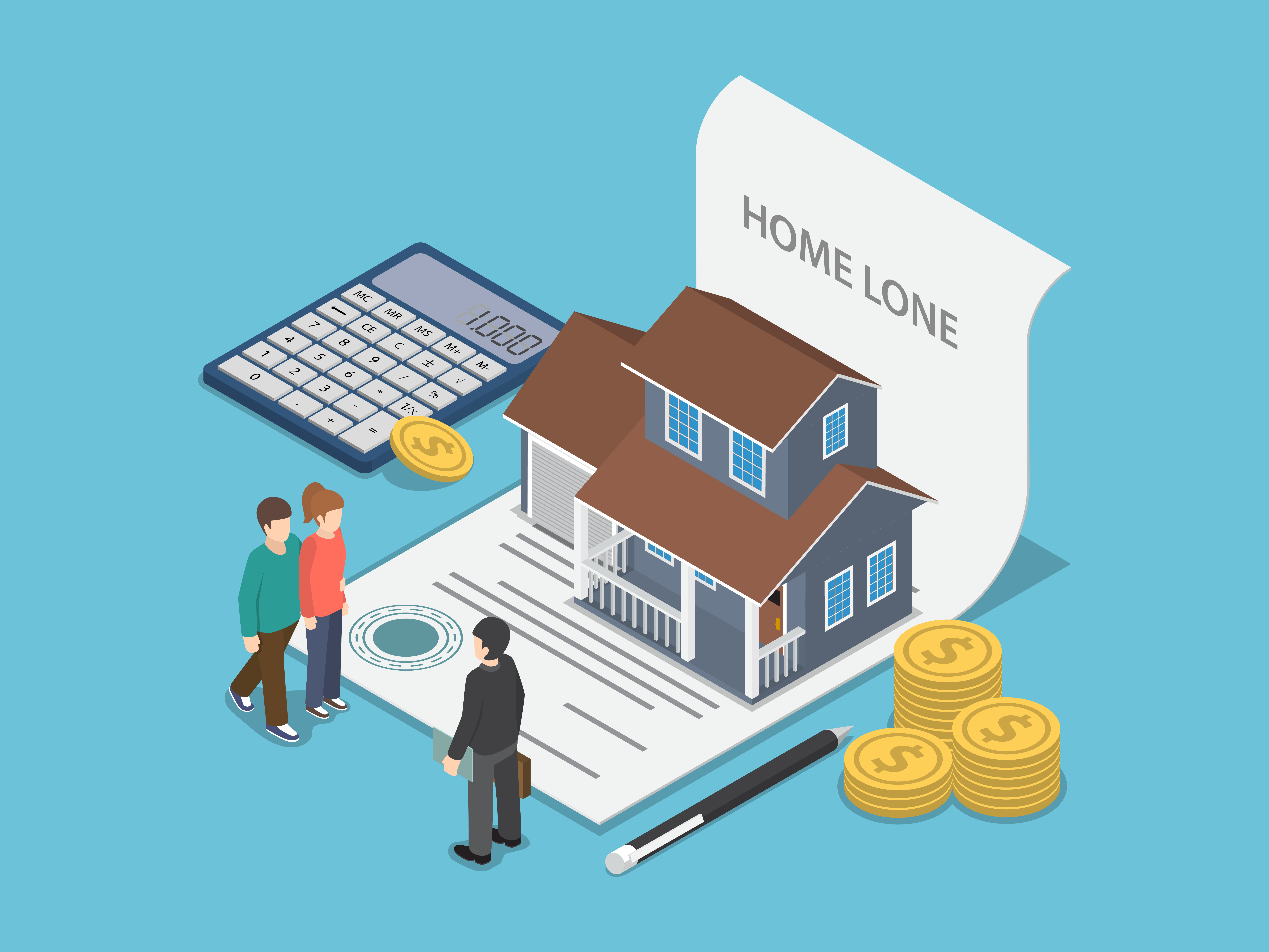Whether buying or selling, you’re embarking on a journey packed full of numbers, paperwork, phone calls, and critical choices. It can be intimidating, even if it’s not your first time.
To help clear up the jumble of to-dos, I’ve curated a tiny list of priorities—just two things for each for buyers and sellers. Do these first and you’ll breathe easier as you move along the process.
Buying
Whether you’ve lived in your house for five years or twenty-five years, you can likely come up with a list of things you love about it. Some of these were the reason you bought it in the first place, and some have come to fruition as you’ve grown into, and possibly out of, the space you call home.
Did you know these are the first things you need to tell your REALTOR®? That way, they can offer support and walk you through some important decisions.
What do you love about your home?
Nothing helps you find a home like knowing what you want. It’s helpful to make a list of what you love about your home, which will help you figure out what your realtor should look for will love and how important those features are.
You could include questions like this:
Anyone can go online and see the numbers of bedrooms, square footage, location, etc. What they can’t do is feel connected to the home.
This is the emotion you want to convey to buyers. Are they buying location and square footage? At first. When they narrow their search down to the top three, though, they’re buying coffee- and wine-sipping locations.
What do you wish you could change about your home?
Now let’s look at the flip side. What would you change if you could? There are probably quite a few things you’ve become accustomed to that could turn off potential buyers. Again, a list will help.
If these are easy fixes, fix them! Recruit your REALTOR® to go over these details with you. Their constructive criticism will provide helpful guidance, as will feedback you get from the first few showings. Sometimes it’s hard to see the forest for the trees, so it’s important to be open to suggestions.
Selling your home can be just as emotional as buying one, and those emotions go in both directions, pro and con. When you put those feelings into lists, you can more easily make decisions about how to market your home and how to prepare it.
With this task off your list, you’re one step closer to your goal!
Pull your credit reports
Everyone is entitled to a free report from each of the three bureaus once per year. The government website www.consumer.ftc.gov will supply links to each bureau. These reports will not reflect your credit score; however, it’s a good idea to review them now in case you need to resolve errors before proceeding with the mortgage process.
Call three lenders
Now, not later. I always advise my buyer clients to do that first for a few reasons. If there are issues that need to be taken care of to get approved, you need to know so you can address them. Once you’ve found your dream home is not the time to discover these issues.
You also need to know your price range. When you shop—for anything—you need a budget. Have a candid conversation with the lenders about your current income and expenses as well as what you are comfortable paying on a monthly basis. This will ensure your search will focus on homes you’re able to buy.
And yes, call three.
Every lender has different programs to offer, so it’s a good idea to shop a few to find the best one for you. Keep in mind there is more to a loan than rate. I advise talking with your real estate professional for recommendations and to help decipher the differences among your options.
Selling
It doesn’t take a ton of effort or a lot of dollars to start getting your home ready for sale.
Make it sparkle
Take advantage of the inside winter months to prepare to show your home at its optimal level come spring.
If your kitchen and bathrooms are dated, do whatever updates you can fit into your budget. Do your spring cleaning now, and get those little household jobs done you’ve been putting off.
You don’t have to do a complete remodel; keep in mind that little touches like changing your cabinet pulls or adding a tile backsplash can do wonders in an older kitchen. New throw pillows and accent rugs are another inexpensive way to add some pop to your palace.
Get an inspection
Think you should wait for the buyer to have a home inspection? Think again!
Getting an inspection before putting your home on the market can be very beneficial to sellers. It gives you a heads up on any problems that need to be addressed, and providing that report to potential buyers may put you ahead of the competition. It not only shows you’ve done everything up front but also saves them the expense of having their own inspection done if they’re comfortable with the report and repair receipts you’ve provided.










Leave A Comment
You must be logged in to post a comment.